Biomasse
Type of resources
Available actions
INSPIRE themes
Provided by
Years
Representation types
Update frequencies
status
-

Diversité taxonomique, abondance et biomasse du macrozoobenthos des sables intertidaux (20 stations) et des chenaux (18 stations) en 1988.
-

Variations saisonnières de la diversité taxonomique, de l’abondance et de la biomasse du macrozoobenthos sur 4 stations échantillonnées en 1993-1994.
-
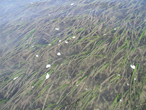
Effet de la présence d'un herbier à zostère sur la diversité taxonomique, l’abondance et la biomasse du macrozoobenthos sur une station à 5 dates en 2006.
-
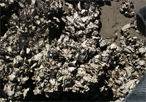
Évolution temporelle des communautés benthiques et paramètres sédimentaires associés au récif naturel d’huîtres, des tables ostréicoles et de témoin sans huîtres.
-
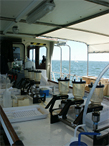
Caractérisation temporelle des paramètres environnementaux et des ressources alimentaires disponibles pour les huitres.
-

Évolution saisonnière de la physiologie des huîtres et intégration alimentaire. Comparaison des huîtres d’origine cultivées ou sauvages.
-
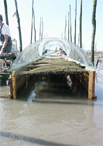
Caractérisation des flux trophiques et échanges de matières particulaires le temps d’une marée et en fonction du cycle physiologique des huîtres. Détermination de leur comportement. Différence huîtres d’origines naturelles et cultivées.
-
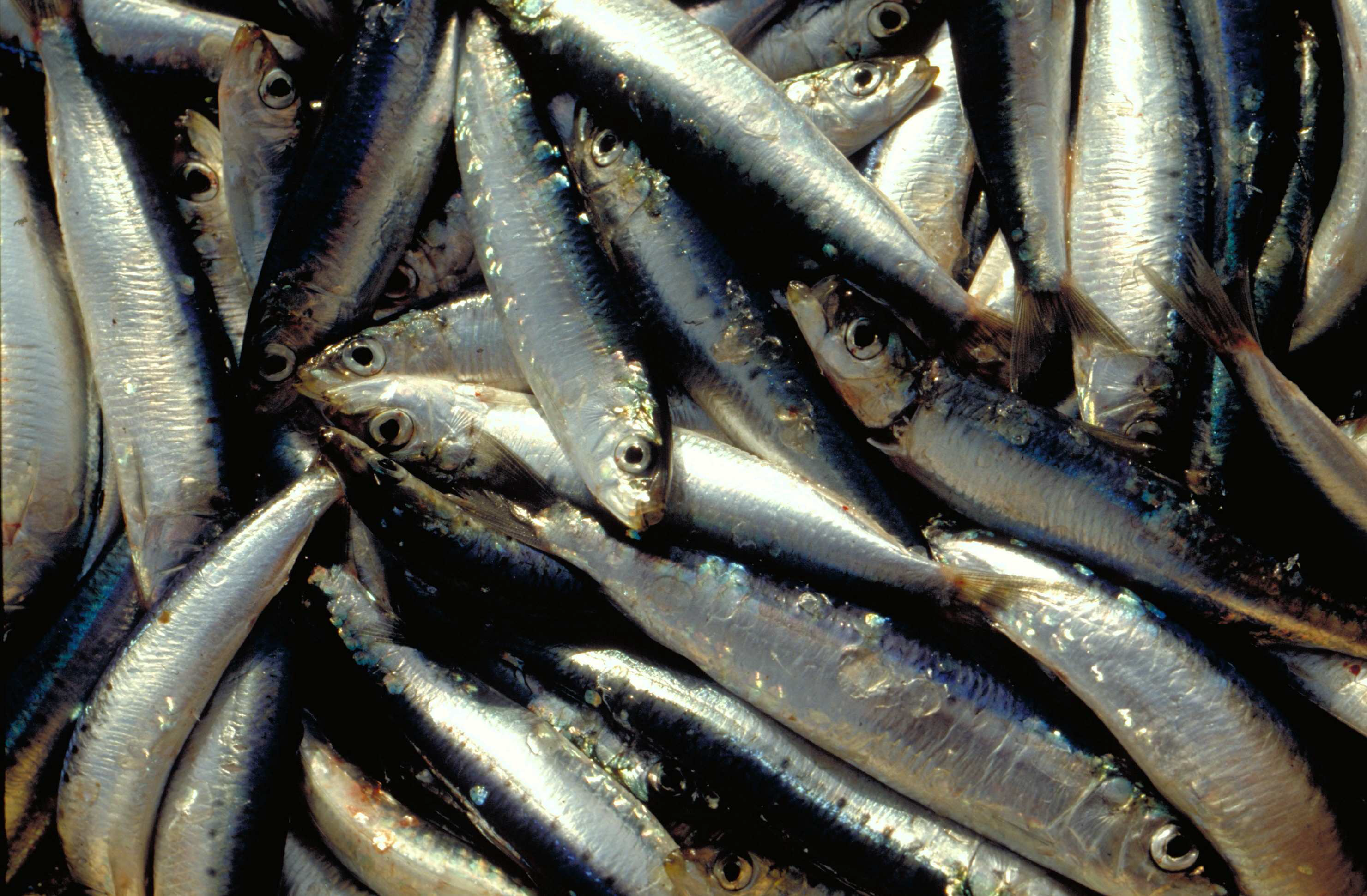
The annual PELMED (PELagiques MEDiterranée) fisheries resource assessment campaign is carried out by the Laboratoire Halieutique Méditerranée of the Ifremer station in Sète. The objectives of these cruises are : 1. Evaluate the biomass of small pelagic fish (anchovies, sardines) by direct method. For this, the campaign must alternate between acoustic prospecting and identification trawling. An acoustic signal is sent from a sounder fixed under the vessel and each time it encounters the bottom or schools of fish, it is reflected and retransmitted to the sounder. In this way, the shape and intensity of these echoes that materialize the schools of fish can be observed continuously. Species identification trawls are carried out in order to define the proportion of species present in the echoes detected. 2. Collecting as many biological parameters as possible on the target species of small pelagics (anchovies, sardines, sprats) to better understand the population dynamics of these species. For this purpose, morphometric measurements, as well as the determination of the sex and maturity stage of the fish are carried out. Finally, otoliths are taken in order to determine the age of the fish. These biological parameters are very important to complete the biomass assessment and have a better understanding of the processes underlying the variability of these populations. This allows for example to determine the age structure or size structure of the populations, to have an idea of their energy reserves, etc. 3. To better understand the pelagic ecosystem as a whole, from plankton to top predators. The primary goal of the PELMED cruise is to evaluate small pelagic stocks, but it also aims to accumulate as much data as possible on the different compartments of the pelagic ecosystem, from physical parameters (temperature, salinity) to top predators (marine mammals, birds), through the different lower trophic levels (phyto- and zooplankton, small pelagic fish). Thus, after each trawling, a hydrological station is carried out with the measurement of temperature and salinity along the water column via a CTD, water and phytoplankton samples with a Niskin bottle and zooplankton samples using a vertical line of WP2. Finally, throughout the campaign we carry out the observation and counting of birds and marine mammals. In addition to the understanding of the ecosystem, this should provide a number of indicators necessary for monitoring the marine environment under the MSFD (Marine Framework Directive).
 Mon GéoSource
Mon GéoSource